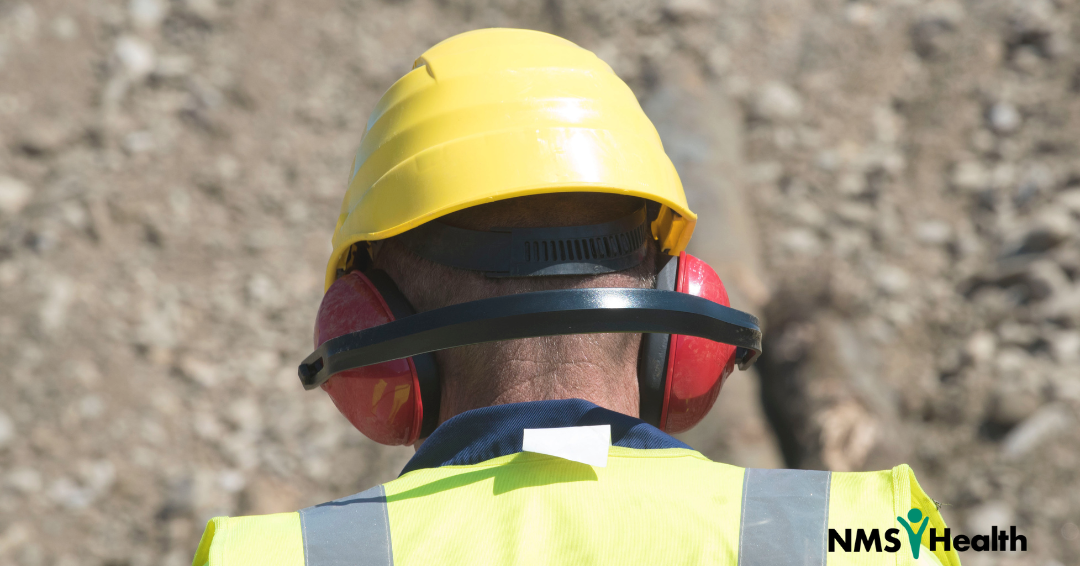In a landmark achievement, the National Institute for Occupational Safety and Health (NIOSH) is celebrating over five decades of groundbreaking research and interventions dedicated to preventing occupational hearing loss. Subsequently, this commitment to worker health and safety is being showcased in a special issue of the journal Seminars in Hearing. The issue underscores NIOSH’s tireless work. Unquestionably, our understanding of workplace noise exposure in addition to the importance of hearing conservation has progressed due to the dedication of NIOSH.
Pioneering Research by NIOSH
Shortly after the 1970 Occupational Safety and Health Act went into effect, the newly created NIOSH was tasked with recommending occupational safety and health standards that establish safe exposure levels for workers. In response, NIOSH produced their first criteria documents. Notably, the initial NIOSH noise criteria document was one of the first five publications from NIOSH. Therefore underscoring the pervasive nature of noise hazards and the critical need for hearing loss prevention measures.
NIOSH has continued to be a trailblazer in occupational hearing health, conducting and supporting extensive basic and applied research. The Institute’s efforts span various facets of hearing loss prevention, including workplace noise exposures, risk assessments, and conservation strategies. Specifically, NIOSH’s crucial recommendations for noise exposure regulations serve as a scientific foundation for the Occupational Safety and Health Administration’s (OSHA) standards.
A Special Issue
The special issue of Seminars in Hearing is a testament to the multifaceted approach employed by NIOSH in enhancing our understanding of workplace noise and its effects. With that in mind the journal is comprised of seven curated articles. These articles highlight the range of NIOSH activities helping to enhance the understanding of and reduce the effects of workplace noise and chemical exposures that cause hearing loss:
- A paper providing an in-depth look into the history of occupational hearing loss prevention work at NIOSH. Including detailing advancements, interventions, and the array of resources available to hearing conservationists.
- A paper discussing NIOSH’s Hearing Loss Prevention Program in the Mining Sector. Outlining the extensive research, methodologies, and research-based products developed to protect mine workers’ hearing.
- A paper estimating the U.S. average annual workers’ compensation claim cost for occupational hearing loss. It also identifies the industries with the highest numbers of claims, providing crucial insights into the financial implications of hearing loss.
- A review of hearing loss and conservation literature. This article appraises results and synthesizes the evidence related to the audiological evaluation of workers exposed to solvents.
- A study into using a fit-testing system to evaluate earplug performance. Research focuses on changes in attenuation over time for workers exposed to hazardous noise.
- A study presenting a workplace health hazard evaluation. Researchers assessed continuous and impact noise exposures and their impact on worker hearing, providing actionable recommendations.
- A study presenting a health hazard evaluation. NIOSH investigators assessed sound levels and employee health concerns near a source of low-frequency noise and infrasound. This research adds to the understanding of less-explored hazards related to low-frequency noise exposure.
Looking to the Future
In a statement, NIOSH Director John Howard, MD, expressed his satisfaction in announcing the publication of this special edition.
“This special issue recognizes the dedication of NIOSH researchers to prevent a debilitating work-related illness that impacts millions of workers, and it is our hope it will inspire others to join efforts to protect workers’ hearing.”
Undeniably, NIOSH’s contributions over the last five decades have significantly improved workplace safety. Ultimately, hearing protection has evolved, and countless cases of occupational hearing loss have been prevented due to NIOSH’s efforts. Therefore the Seminars in Hearing special issue is a testimony to NIOSH’s ongoing commitment to safeguarding worker hearing. By conducting cutting-edge research, issuing vital recommendations, and inspiring others to join the mission, NIOSH continues to lead the way in making workplaces safer and healthier for all.


